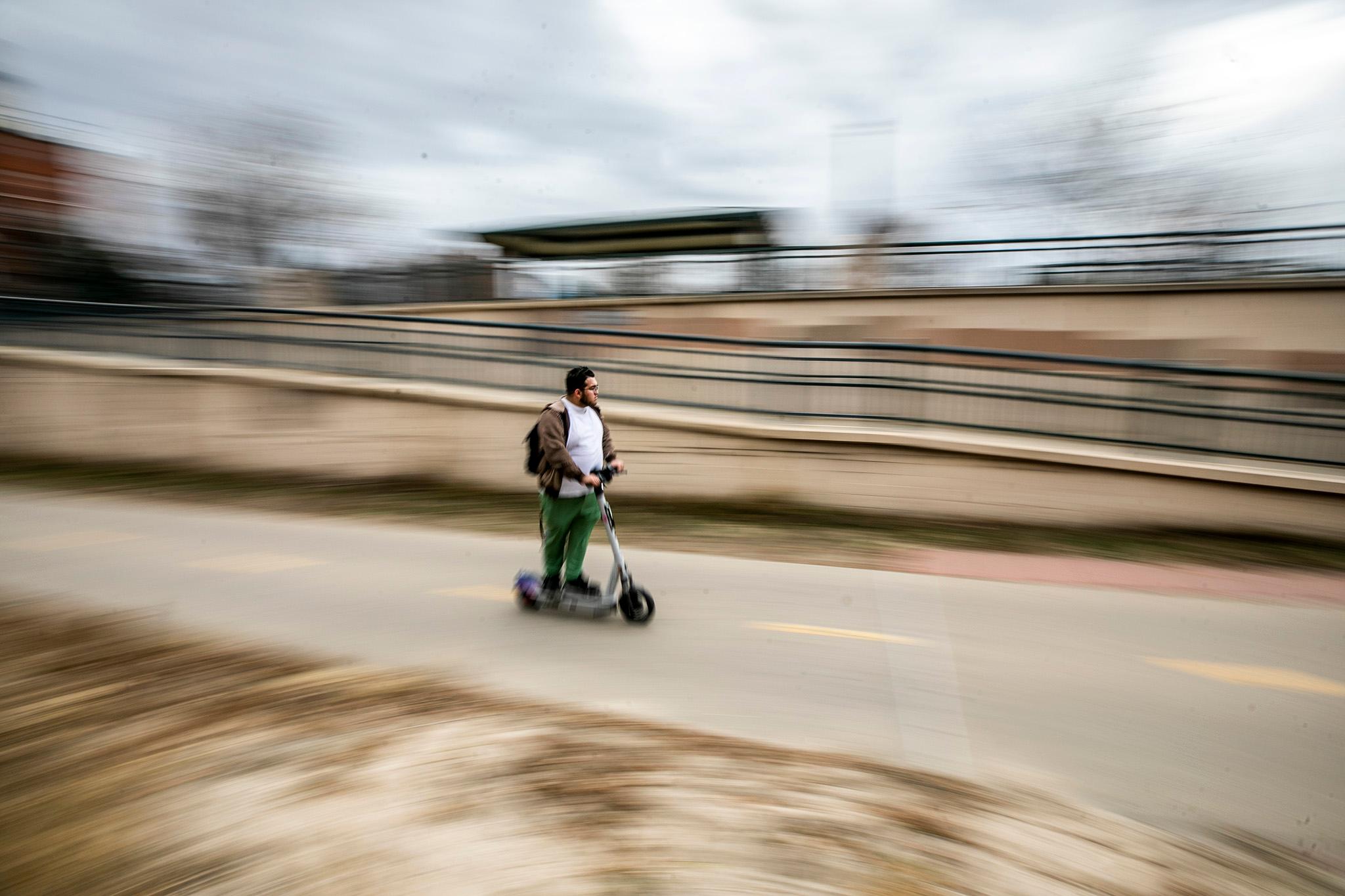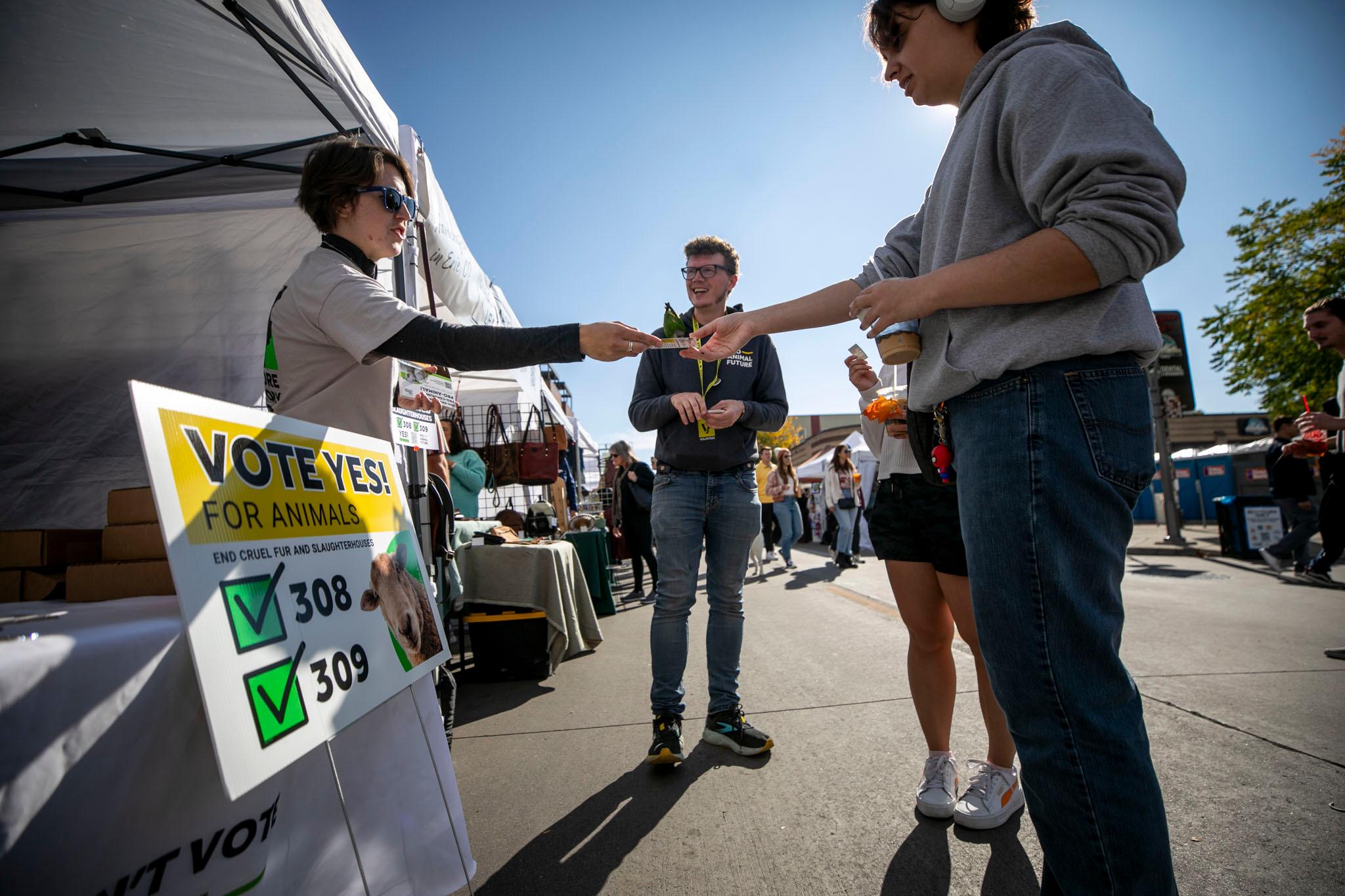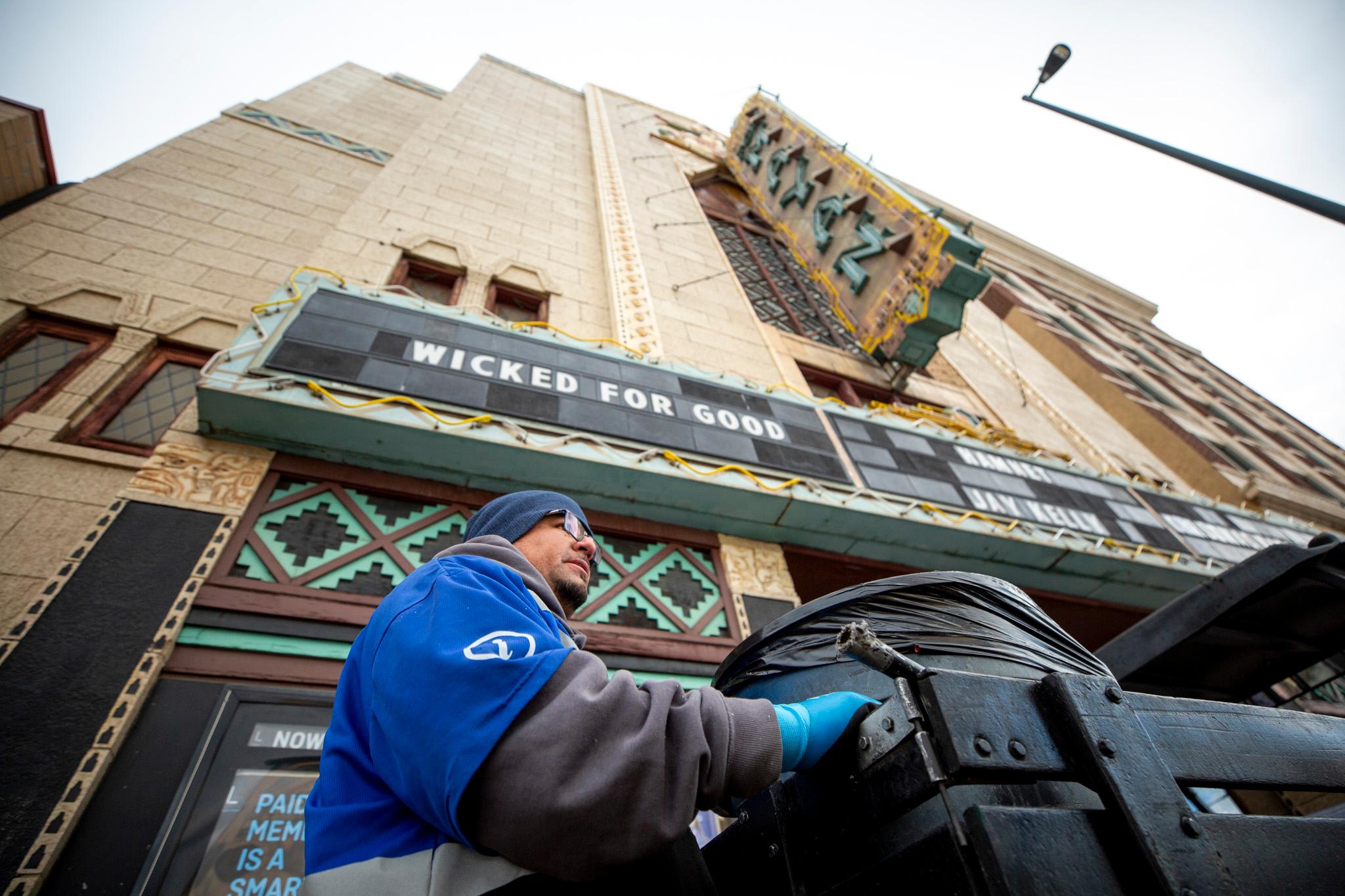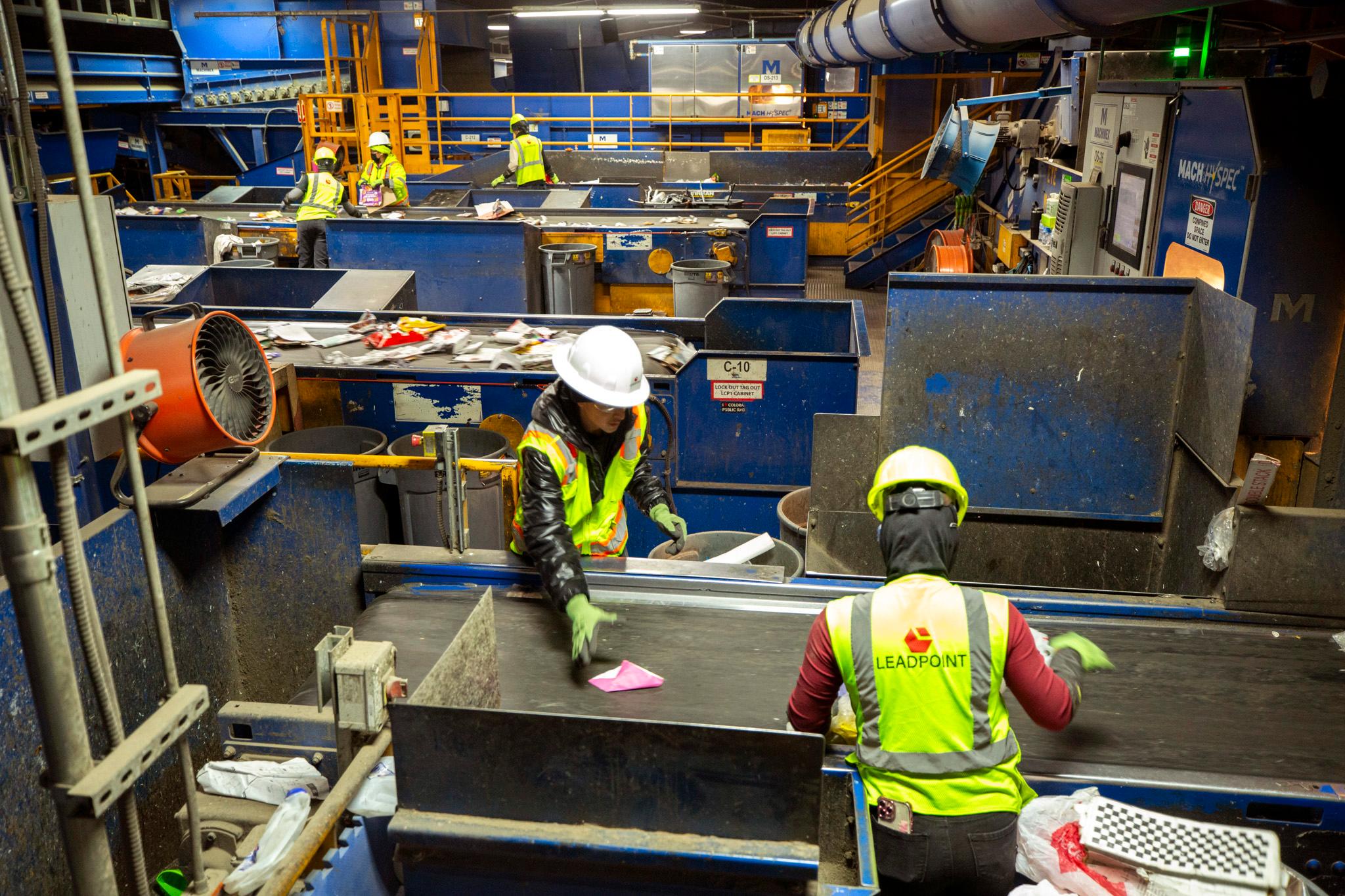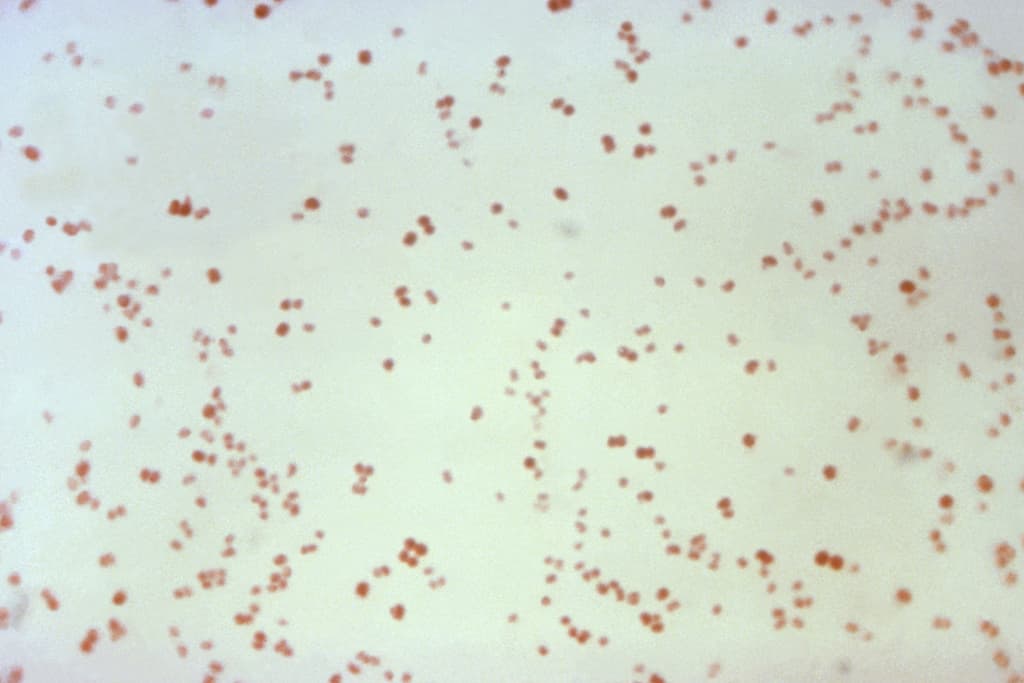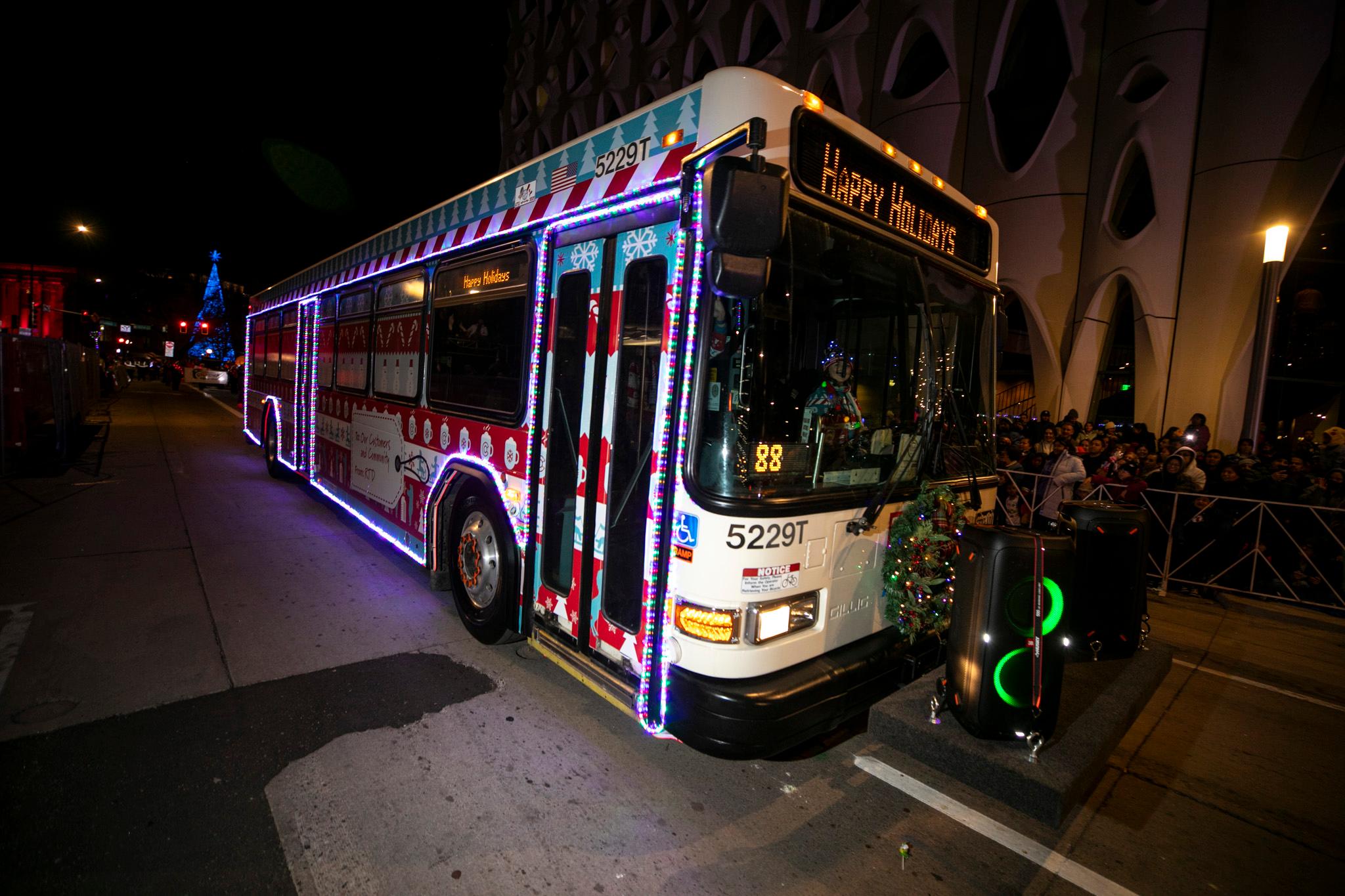Update, July 28: The Denver City Council declined to add funding for the Denver Zoo's proposed $50 million project to the Vibrant Denver bond package.
From bike lanes to capybara habitats, everyone has a wish for Denver’s $935 million bond package — and tonight’s Denver City Council meeting is their last chance to get on the list.
The Vibrant Denver bond package currently includes everything from bridges over Burnham Yard to new parks and recreation centers. But plenty of projects have been excluded from the proposal — so leaders and activists from across the city are racing to get their proposals back on the list before the council approves the final package.
Bicyclists want more bike paths. The city clerk wants money for a new election office. And the leaders of the Denver Zoo have been lobbying hard for a distinctive project — reopening a closed part of the zoo and creating a habitat for capybaras and other Latin American species.
Early in the planning process, the Denver Zoo Conservation Alliance was slated for $50 million in bond money. The money would help create a permanent exhibit on 4 acres that have been unused for seven years. But by the time the bond committee released recommendations, the zoo’s take had shrunk down to just $3 million.
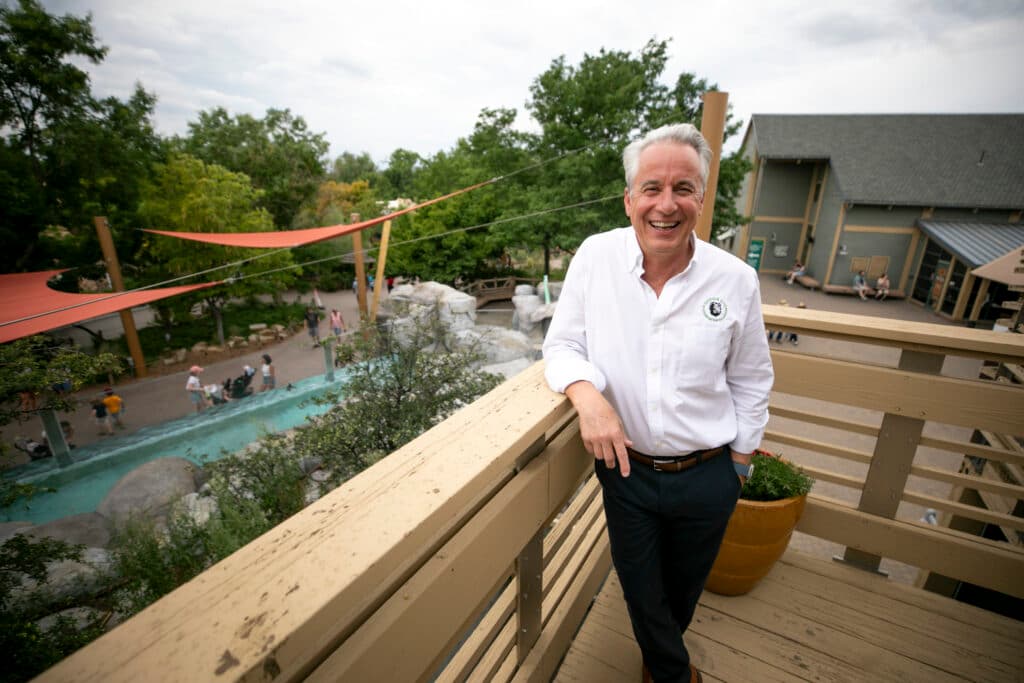
The zoo and other organizations face a critical deadline tonight, when the Denver City Council is set to debate and potentially amend the list of projects that will go to voters. Groups from across the city are putting pressure on the city’s elected leaders — including Bert Vescolani, the zoo’s president and CEO.
The zoo has been directing supporters to email city council members, asking that they restore the full funding request. The zoo also invited Denverite to tour the closed-off area — which we accepted, mostly out of curiosity, and also to provide another example of the many priorities competing for bond dollars.
Denverites could wade with capybaras if the zoo gets what it wants.
The Latin America project has been brewing at the zoo for years, but Vescolani said he’s been waiting for a bond package to get the plan moving.
The dormant area once housed lions and tigers, before those big cats were moved out of smaller enclosures and into a more natural habitat. Vescolani said ever-changing federal standards for animal care made the move necessary; asbestos and other structural problems have kept the buildings there sealed shut.
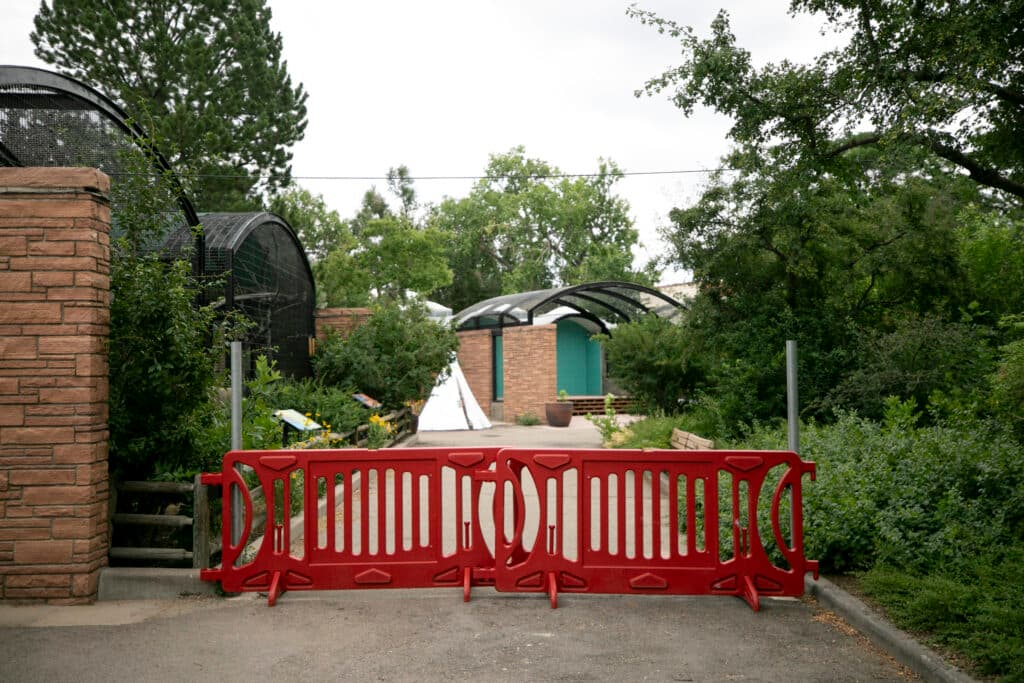
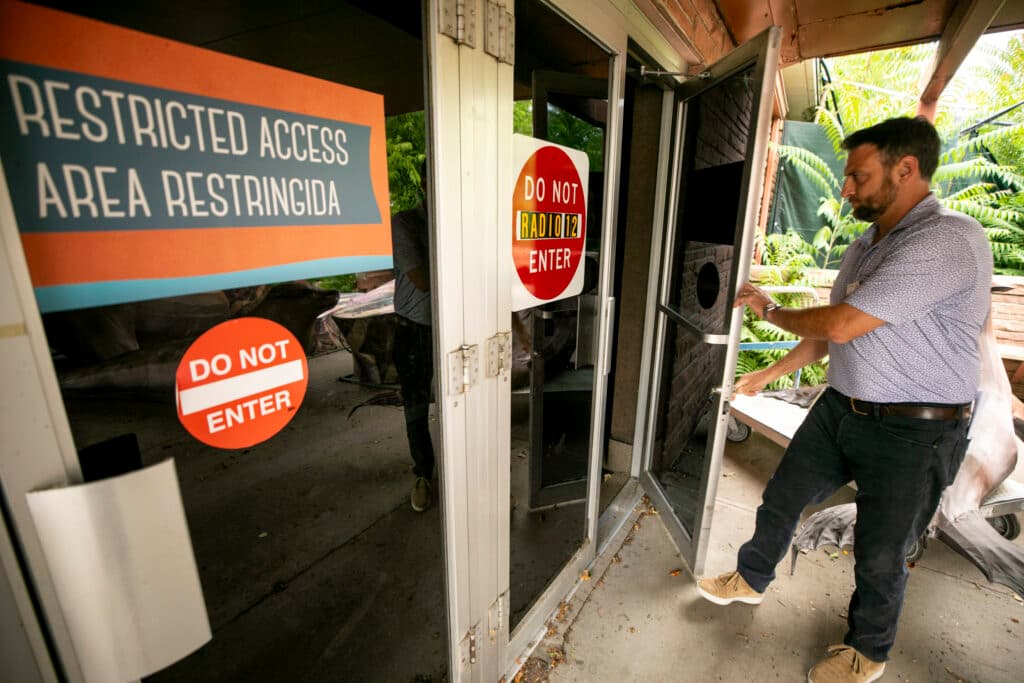
Currently, barriers stop visitors from entering the area, which sits between the penguin and sea lion habitats on the zoo’s northern edge. Inside is a small stage, an array of old cages and two beige brick buildings built in the 1960s.
We were allowed to step into one building, despite signs warning people not to enter, where we saw empty enclosures behind glass, filled with fake trees and adorned with background paintings of wilderness.
The city can only take on so much new debt, since it must be repaid with existing property tax rates. That leaves each group to make the case for its own projects. The bicyclists say bike infrastructure saves lives. The city clerk says a new elections office is crucial for local democracy.
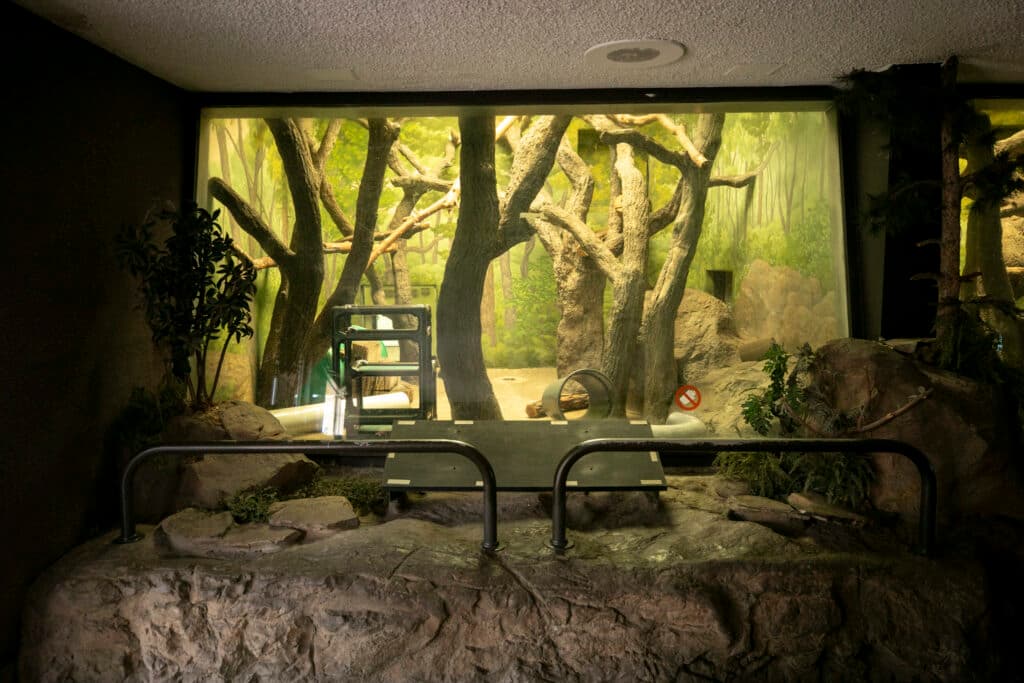
At the zoo, Cristal DeHererra, head of operations, said the unused land represents “untapped potential” that could be useful for a city dealing with a decline in sales taxes.
“Everybody is trying to think about, how do we all do our part? We're doing our part for the zoo — we're revitalizing, we're doing this catalytic project,” she said. “Bringing these spaces to life draws more people downtown, creates more revenue. We create a ton of tax revenue.”
A recent economic impact report estimated the zoo generates $12 million in taxes each year.

But for all it earns, Vescolani said the zoo struggles to grow on its own. Federal authorities update animal care standards every five years, which means his organization must continually invest in its infrastructure. The Denver Zoo Conservation Alliance has already spent $30 million to restore some functionality to the closed area.
But Vescolani said he needs public support to address the closed buildings, which are owned by the city.
Vescolani said the planned Latin America exhibit would ensure the zoo remains a destination for families in town and across the region, which would help the nonprofit pay for maintenance and staffing elsewhere on the property.
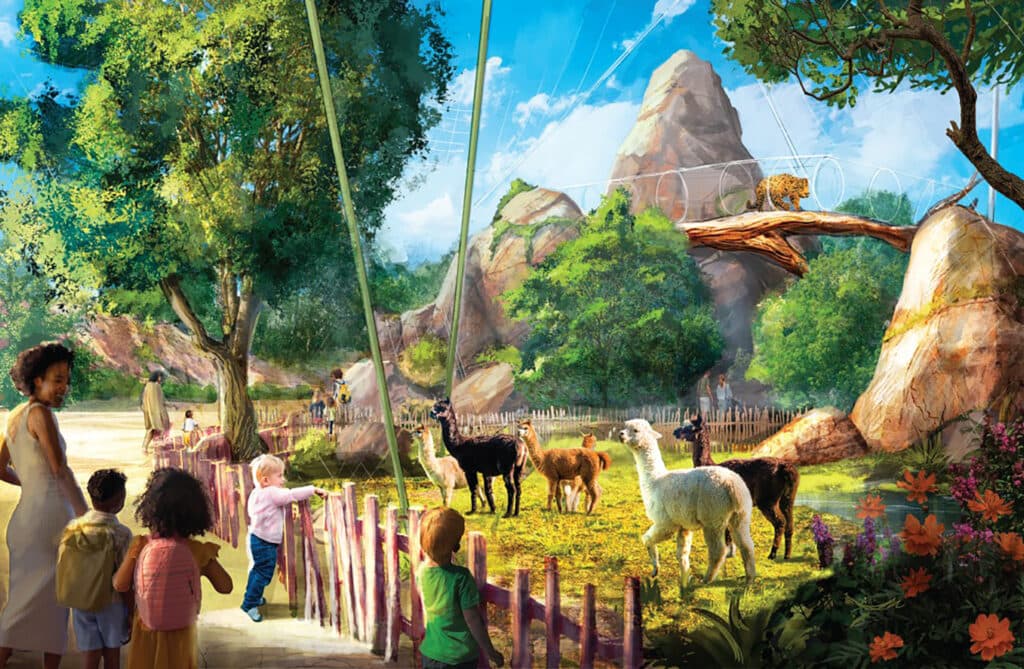
“Imagine entering a space where you have this vibrant culture that represents Latin America. Different languages, different foods, different styles of dance and clothing and the culture itself. And as you wind through this experience, you're connecting with those opportunities to interact with animals that are from that region,” he said.
It would include space for a jaguar, caiman and birds. He also hopes to build one of the continent’s first capybara habitats that allows visitors to wade in the water with the little fuzzballs.
If the zoo gets a smaller amount, it would instead put the money toward deferred maintenance projects — leaving the capybara habitat for another day.
Tonight’s an opportunity for zoo boosters and other advocates.
The last few weeks have brought some changes to the bond list already.
The committee added 15 projects to their list, worth $66 million after council members said their communities’ requests were initially ignored. The additions included upgrades at Hirshorn Park, Montbello Civic Center Park, and the Platt Park playground.
On Monday, Mayor Mike Johnston increased his funding proposal for the American Indian Cultural Embassy from $5 million to $20 million. Recent changes also added money for the Denver Art Museum and the Denver Center for the Performing Arts.
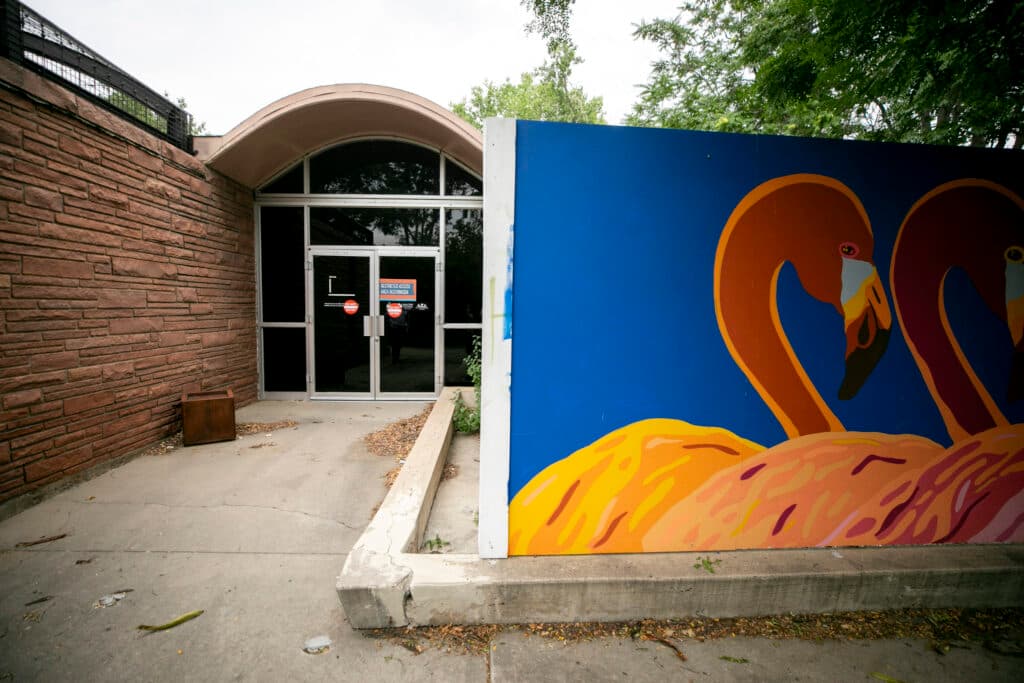
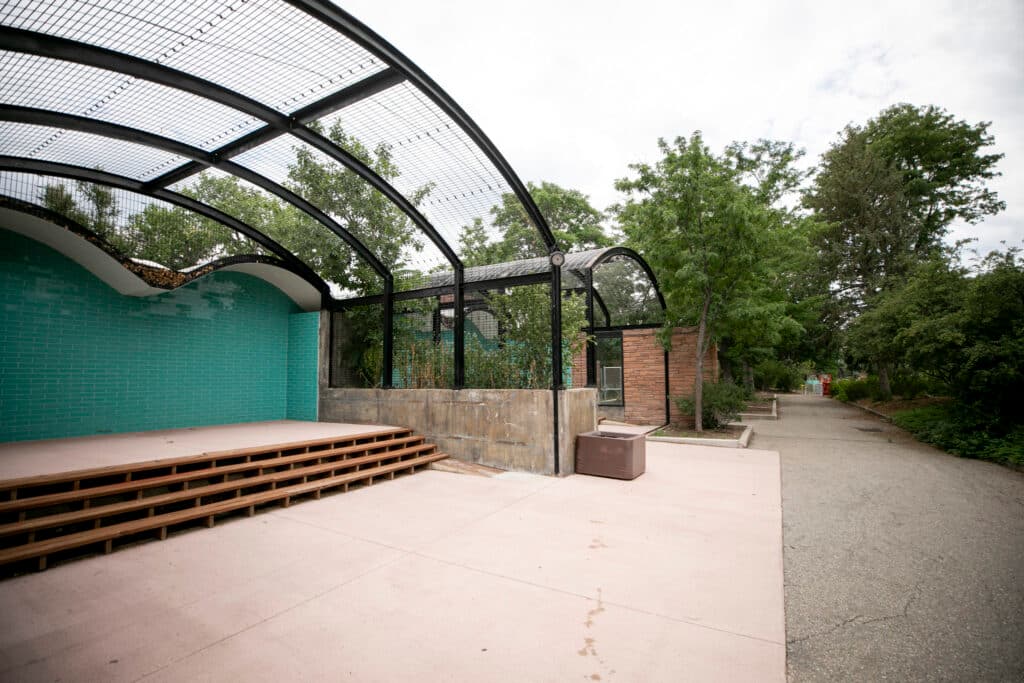
But getting on the list is only the first step. Assuming the city council approves of the overall bond proposal, it will head next to the November ballot. Voters would be presented with several different measures, each with a different theme, such as transportation or facilities — for a total of $935 million.
For each proposal that is approved, the city will take out long-term debt to fund the proposed projects. That will be paid for with existing property tax rates.
Voters in Denver have historically approved the vast majority of bond proposals, but the process for designing this one has been particularly contentious — and it comes as the city is facing down budget cuts and fiscal issues.



